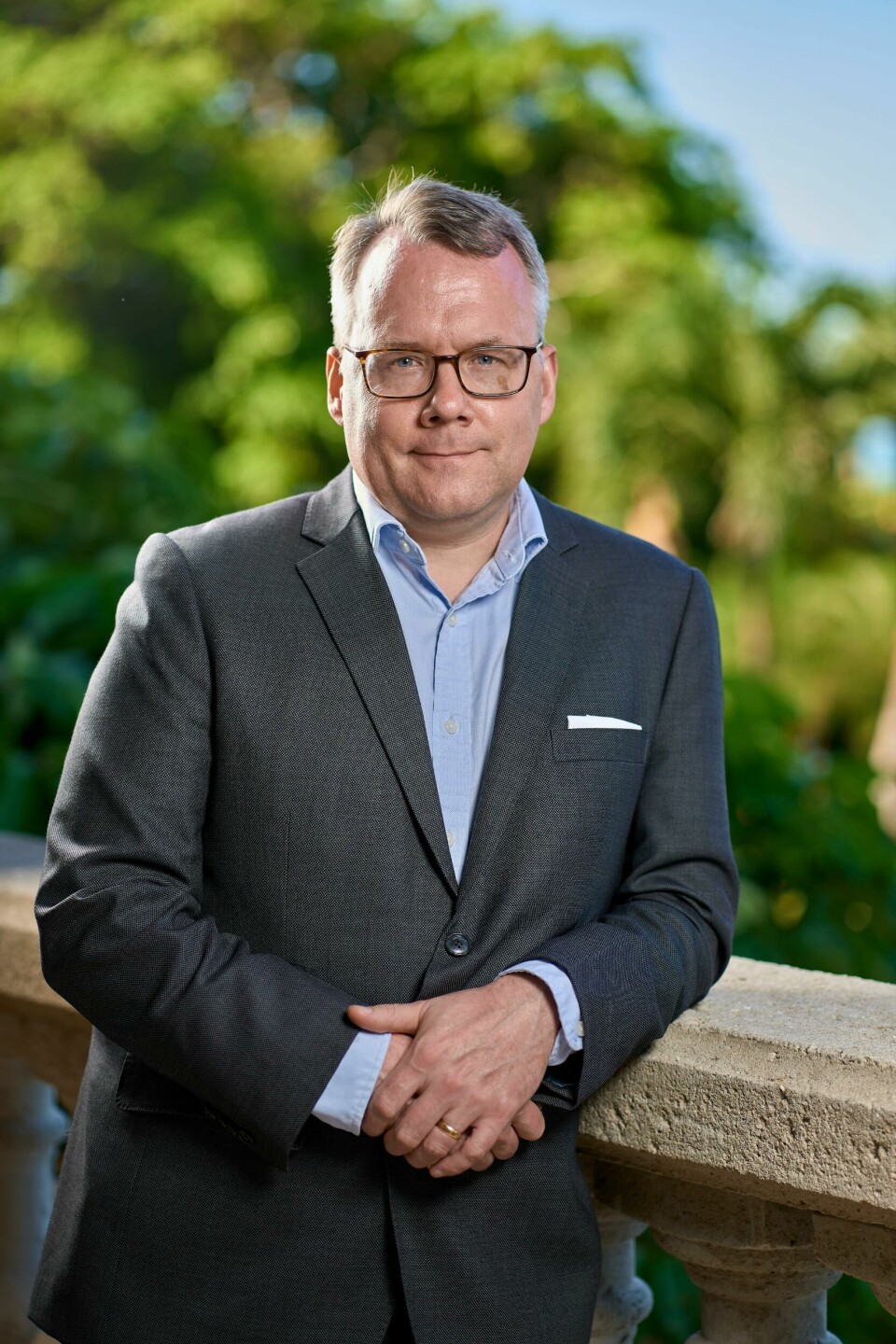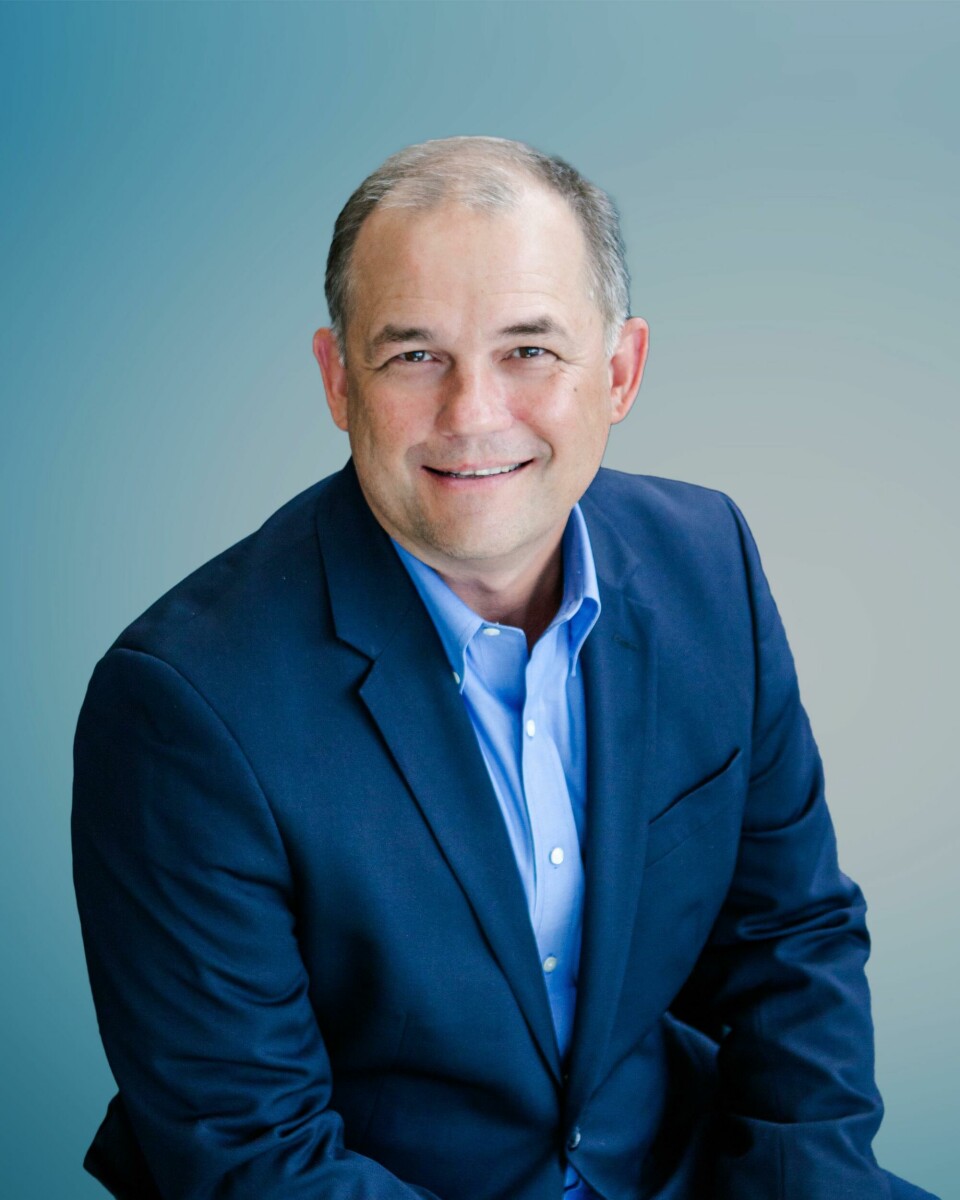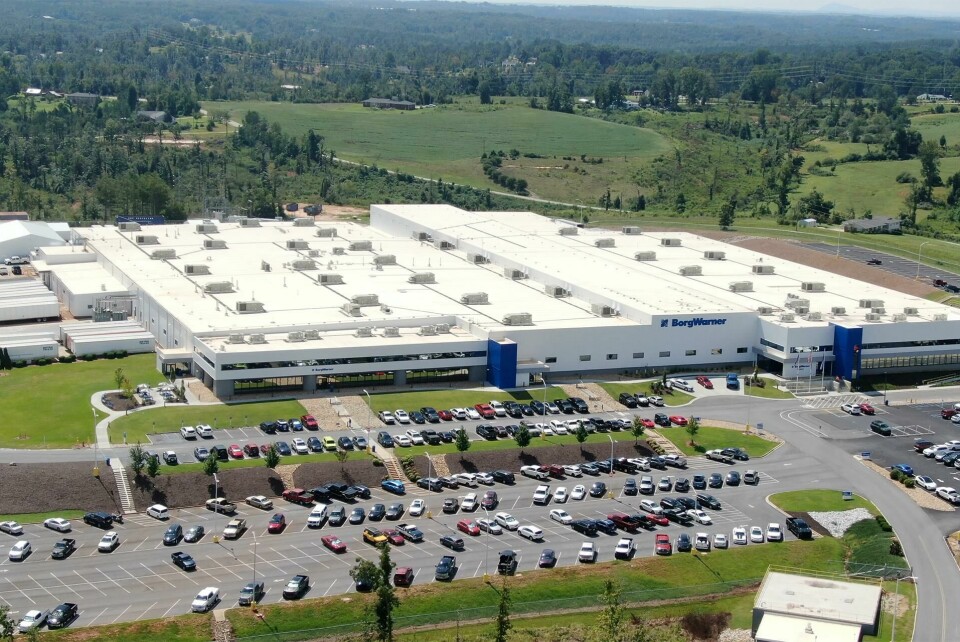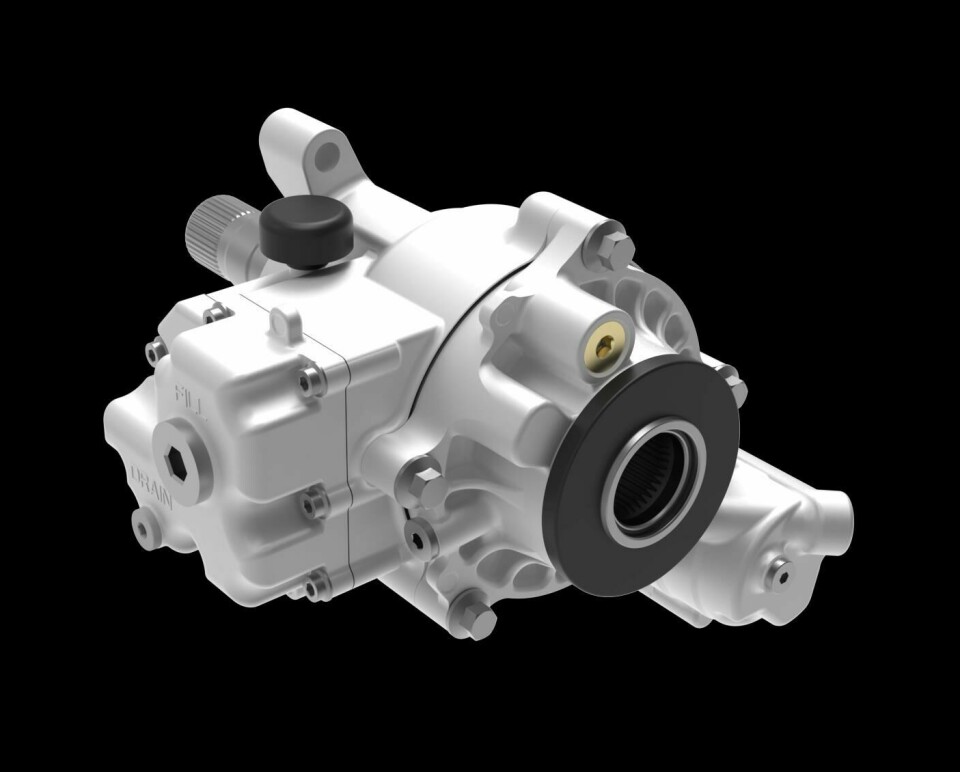
Tier suppliers – Adapting to new challenges
BorgWarner shares insights into how the company is leveraging existing assets and using mergers and acquisitions to boost electric vehicle component production.
Even before we entered the new universe of electric vehicle (EVs) it was something of a given that tier 1 and 2 suppliers had to adapt to be successful. Vehicle technologies across powertrain, chassis, interiors and electronics have become more sophisticated, requiring continuous development of production technologies and processes. Now, add in completely new vehicle architectures, electric powertrains and a lot of uncertainty around demand, and it becomes clear just how challenging the current environment can be for suppliers.
BorgWarner is a company that is no stranger to change and is adapting to the new ‘normal’ of EVs. The company has been reorganising its structures, most recently with the spin-off of its fuel systems and aftermarket segments into a separate, publicly traded company named PHINIA. The company noted that this would now allow BorgWarner to focus on its e-propulsion and drivetrain, and air management segments.

Mergers and acquisitions support EV production growth
There has been considerable progress in developing and producing EV powertrain components, with the company securing deals to supply Polestar with electric torque vectoring and disconnect systems, additional eMotor business with Xpeng and an agreement with FinDreams Battery for LFP battery packs.
Speaking with AMS, BorgWarner’s executive vice president and chief strategy officer, Paul Farrell notes how this progress has been supported by important mergers and acquisitions (M&A).
“We started our electrification journey back in 2015, and it started with the acquisition of Remy, which gave us a good position in electric machines. The next big move was the acquisition of Delphi Technologies in 2020, which gave us a strong position in electronics and high voltage and high-power electronics. And then in March of 2021, we announced our Charging Forward strategy.
“There were three main elements to this beginning, with the Delphi Technologies acquisition and investing in those acquisitions to grow them was one priority. The second was continuing to expand and strengthen our portfolio through further mergers and acquisitions. And the third was dispositions in the combustion space, just to balance the portfolio. So, we had more of a balanced exposure to the different technologies.”
Farrell says the company has made six acquisitions over the last three and a half years. These include Akasol (commercial battery packs), Santroll, (electric motors) and two charging companies, Rhombus, in the US, and SSE, in China. The acquisition of Drivetek in Switzerland, covered power electronics.
We approach M&A with the perspective of where we want to broaden the portfolio, and where do we want to strengthen the portfolio – Paul Farrell
The transition to EV production has witnessed more acquisitions and joint ventures across the automotive value chain, emphasising the importance of established relationships and engineering expertise as critical factors for success in ramping up EV manufacturing.
According to Farrell the company’s approach to M&A has been two-fold:
“If you take the Remy acquisition the aim was to expand and strengthen our business. Other acquisitions, like Akasol are a new addition to the portfolio. So, we approach M&A with the perspective of where we want to broaden the portfolio, and where do we want to strengthen the portfolio.
“I can only speak for us, but clearly over the last several years, it’s been a period of accelerated activity in the M&A space. For us it’s a tool we’ve used to execute our strategy to build out and strengthen our portfolio.”
Unsurprisingly the company is also leveraging its existing capabilities around powertrain systems. One example being high voltage coolant heaters for the electrification space, this was something the company has developed organically within one of its businesses.
“We have a fan business today, so there’s a lot of those types of leverageable capabilities that we have and are now parlaying into new products and capabilities in the electrification space,” says Farrell.
The fast pace of change required around the transition to EVs has raised a discussion around legacy production operations; are they a benefit or a hinderance? Undoubtedly, the experience and expertise found in established automotive manufacturers is highly valuable and the stance BorgWarner takes is that its experience and engineering expertise has given it a strong basis to expand into the EV market. This has also fostered positive developments into other areas of manufacturing, namely electronics.
Thinking about the shift in manufacturing, several of our products now have electronics inside them that previously didn’t. The approach we’ve taken is to take an existing plant and add an electronics-based product to that plant – Harry Husted

Harry Husted, the company’s VP and chief technology officer, offers some details on how transferable BorgWarner’s production processes and expertise have been:
“Competencies like brazing to create heat exchangers, feeds into that what is now an electric vehicle product. If you think about getting power to the wheels, we have a lot of experience in producing transfer cases. That’s now a core piece of what we call an integrated drive module.
“To manage the torque from the e-motor, you require gear reduction, and we’re able to do that with gears that are very efficient very quiet, which are important characteristics. So, we’re leveraging those capabilities, and those types of products fit well with what we’ve been good at historically.”
Uncertainty continues to be a major challenge
The challenges of shifting production away from ICE powertrains go beyond the nuts and bolts of manufacturing processes. Asked about what BorgWarner sees as its challenges, Farrell and Husted point to a couple of areas we see being highlighted across the industry.
One of those is integrating new people and processes into the company, especially when adding new capabilities. But the biggest challenge is the ongoing uncertainty around EV production, something being keenly felt across the industry at present.
“There’s just a lot of uncertainty in the market and I think just managing through all that is critical. We’re fortunate that we have a product portfolio that operates across combustion, hybrid and electric powertrains. So that does give us a lot of levers to be able to balance and evolve as the market evolves,” says Farrell.
At the operational level, Husted observes the requirement to create new production environments for electronic assemblies within existing plants:
“Thinking about the shift in manufacturing, several of our products now have electronics inside them that previously didn’t. The approach we’ve taken is to take an existing plant and add an electronics-based product to that plant requiring different procedures you must observe. You must think about static protection to avoid damaging the component, for example. Testing at the end of the line, you need the capability to talk to the product electronically and check its functionality. All this requires the plant to have more electronic capability. We’ve done that several times, but it’s a big change for a manufacturing operation.”

A good example of this change for existing plants is happening at the company’s Seneca, South Carolina facility. In April last year, BorgWarner announced a $42m investment to expand operations at the plant, which includes building and equipment upgrades as well as the development of new manufacturing lines for the assembly of battery modules.
The Seneca plant currently produces transfer cases, a component with a lot of mechanical content.
“Bringing in battery packs, you are now dealing with product that stores energy, has high voltage, so you have a lot of safety considerations, and you’re assembling a completely different type of product. The leverage we have is a plant with an experienced staff that knows how to bring in parts and components and deliver high quality, at scale,” says Husted.
Integrating diverse product production
BorgWarner has an interesting approach to managing the seemingly diverse products across EV and ICE production. Although they are separate product lines the company is focussed on integrating the two production streams as mentioned above. Farrell notes that where this involves acquired companies or new products they are “incubated” in an existing business unit to support growth.
Another challenge in introducing new electronic product production would be establishing new supply chains, something which could take considerable time. But on this question the company’s M&A activity delivered the solution:
“When we acquired Delphi Technologies, we also acquired a supply chain, and it turned BorgWarner into being an electronics supplier for automotive. We brought in direct supplier relationships with manufacturers that we didn’t previously have, bringing this capability in and then leveraging it throughout the entire company,” explains Farrell.
Flexibility in production is a key asset for any automotive manufacturer and given the high levels of uncertainty being experienced across the industry, as previously mentioned, this has jumped up the list of priorities.
For BorgWarner its strength here is in its product portfolio according to Farrell:
“It reads across combustion, hybrid and electric. So, there’s a natural resilience that’s built in and I think that there’s that natural hedge built into our product portfolio that helps a lot.
“We can identify where there might be supply or capacity constraints in one area, and where we have some available capacity in others. So, there are opportunities to ship rather than making new investments in production.”
Digital tools are an important asset in supporting manufacturing flexibility. Part of the project to develop and manage the new production operations at the Seneca plant is the creation and application of digital twins.
“Our battery pack assembly and design came in with the Akasol acquisition, so we started with a foundation there and we’ve been able to iterate and improve it, and digital tools have been important part of that process,” says Husted.
Although the transition to EVs is still moving forward, the lower than expected sales volumes in some markets has seen several car makers pausing or cancelling some vehicle and production projects, and this undoubtedly impacts on the supply chain. Asked how BorgWarner is managing these volume variations, Farrell notes that forecasting is difficult:
“We continue to monitor the market and work closely with our OEM customers and be as smart as we can. No forecast is ever 100% right, so building as much flexibility as we can into our production operations is key.”
Husted adds: “For us, it’s more a question of pace, not going backwards. Sales for our EV products are continuing to go up. So, it’s really about the pace of growth rather than whether it’s growing or not growing.”

Evolving working relationships
The EV transition has also influenced the working relationships between suppliers and OEM customers, with a much more collaborative approach to support shortening development timescales. Car makers are also more reliant on tier suppliers to develop and deliver complete EV powertrain systems.
For BorgWarner management of this depends on the car makers’ strategies, which are being adapted, and the evolving technologies involved.
Husted notes that there there is more of a trend towards a complete system approach: “Our integrated drive unit is a good example where the OEM comes to us and buy the full drive unit, inverter, motor, gearbox, all in one unit. And it’s the same with the battery pack. They’re not buying cells from us; they’re buying a full battery pack.”
While EV market conditions are still volatile and pressures around development time, production and costs increase, BorgWarner’s approach demonstrates that having ‘legacy’ production networks are not a bad thing. As the automotive future coalesces around a more mixed powertrain offering, in the short to mid-term, the ability to leverage experience, expertise and established operations becomes more valuable.


